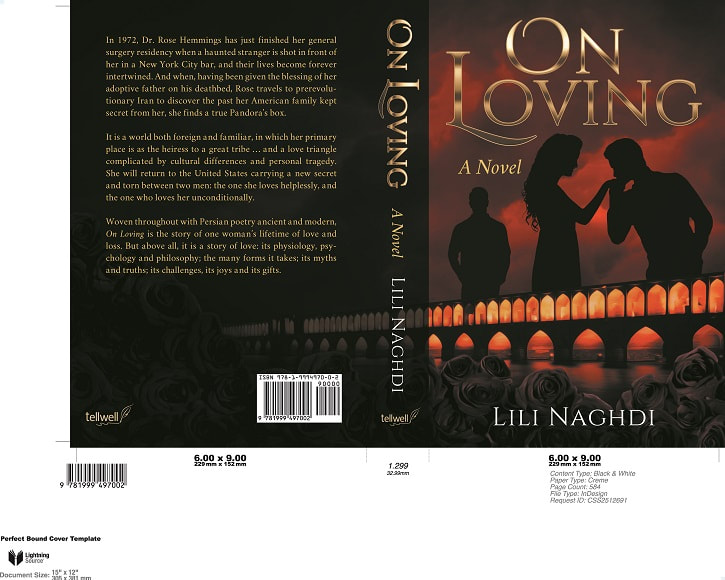|
Back in 2007 Amazon launched their Kindle platform and since then publishing has never been the same, eBooks have gone on to be a vital point of entry for many authors and they’ll continue to do so, but traditional publishing (that is publishing in print) is still strong and numbers continue to grow for the format. So, although some authors may start off in eBook alone, they will soon expand their offered formats into print too, which makes sense if you want to reach as big an audience as possible.
But why do some authors only publish as an eBook alone? Well, the digital format is normally a quicker route to market, making the book cover requires less technical ability than that required for a cover made for print, you can sell a digital book easier from your own website and the overall costs in production of an eBook tend to be cheaper. It’s essentially a great way of dipping your toe into publishing without spending a fortune.
0 Comments
Book marketing has become more commonplace for the self-publishing author than ever before, with so many new authors launching titles every day it’s clear that you must have a plan in order to reach an audience (and sell more copies of YOUR book).
This can seem daunting at first but there are plenty of things you can do in order to stand out and promote your book. Here are 18 great ways to market your book to a large audience. |
JD&JCategories
All
Archives
July 2024
All information within this website (including its blog) is published in good faith and for general information purposes only. JD&J Design LLC does not make any warranties about the reliability and accuracy of this information. Any action you take upon the information in this website is strictly at your own risk. JD&J Design LLC is not liable for any losses and/or damages in connection with the use of this site and information.
|





